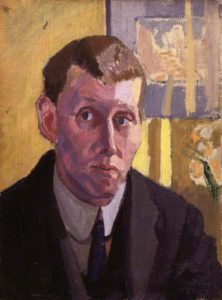
1878 - 1914
Spencer Gore
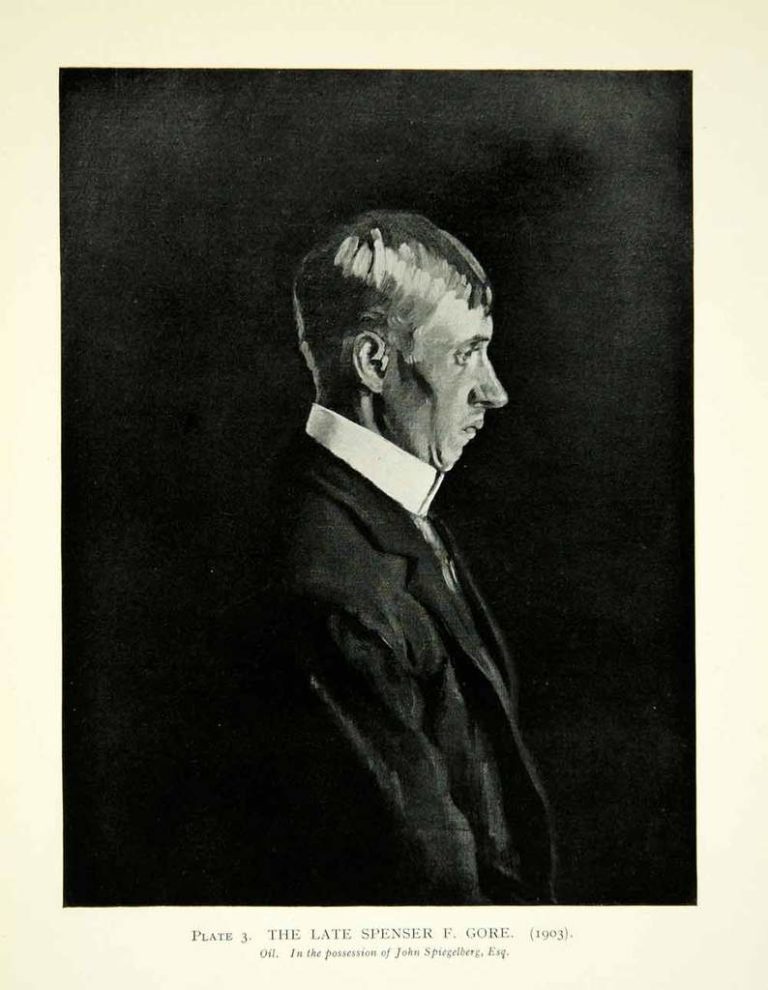
description
A British Post-Impressionist artist, participant and first chairman of the London group Camden Town, which brought together leading avant-garde artists and had a huge impact on the development of the fine arts of Great Britain.
Spencer was the fourth child of Spencer William Gore, the landowner and winner of the first Tennis Championship at Wimbledon in 1877.
Spencer Gore participated in almost all art associations in London at the beginning of the twentieth century, actively promoting avant-garde creativity among fellow painters and youth.
Showing outstanding diplomacy, Gore assembled in 1913 a fragmented art group for an exhibition of works by the British Post-Impressionists, Cubists and other contemporary artists. He was a member of other artistic associations, such as “Fitzroy Street” and “New English Art Club”, and also wrote a number of journalistic articles on fine art.
Key Ideas:
“As later critic J. Wood Palmer wrote, Gore was “an innovator” that “every time was the first to adopt new movements from France to explore and assimilate them.” He successfully applied modern trends in his work, processed them in his own way and enriched Post-impressionism with new plots and non-standard coloristic solutions.
– The main themes of the artist’s paintings are the streets of London and suburbs, interiors with single figures, rural landscapes and scenes in the theater. The types of city streets depicted by Spencer Gore are sometimes sketchy, but very recognizable; they perfectly convey the spirit of the time and the personal impression of the artist.
– Gore created landscapes of the places where he lived or which he visited, choosing the most usual subjects, sometimes drawing just a view from his window. He is known for his bold experiments with the color in his works.
– The paintings by Spencer Gore are full of colors, sometimes unnatural, but exquisitely harmonious and expressive. At the same time, the master’s paintings are reserved and rational. For this quality, his colleagues called Spencer Gore “a true gentleman in painting.”
1878
1896
1900 - 1904
1909
1910
1911
1912
1913
1914
The birth of the artist
Entered the Slade School of Fine Arts
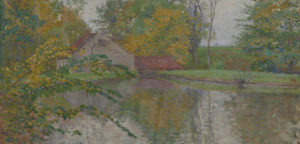
He painted landscapes and theatrical subjects in London
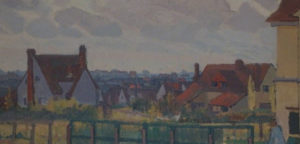
Became a member of the New English Art Club
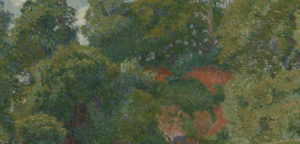
Visited the famous exhibition "Mane and Post-Impressionists"
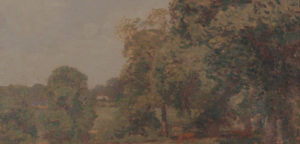
"Cadman Town"
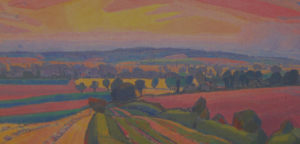
Married to Mary Johann Kerr
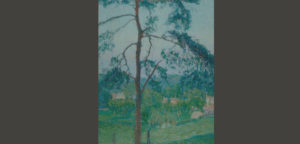
Organized the exhibition
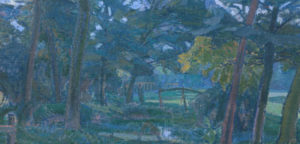
The death of the artist
He died on March 25, 1914 in Hertfordshire, England.
